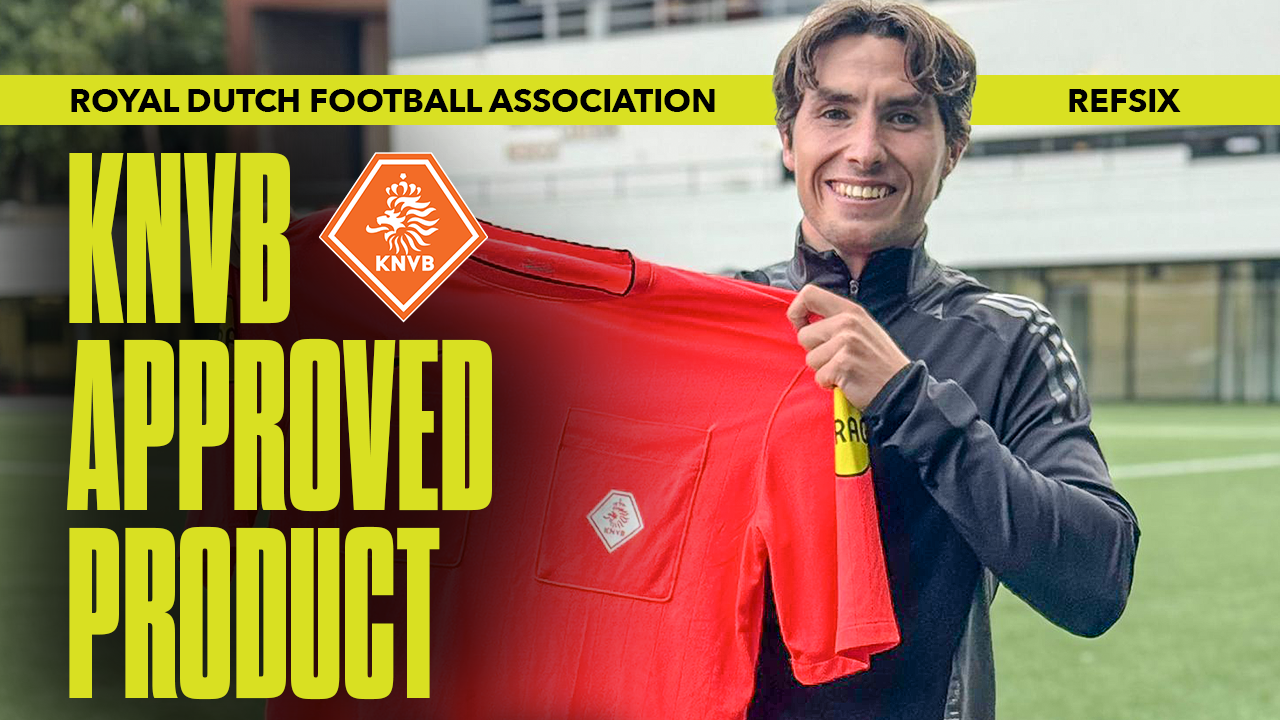Assistant referee signals guide
Becoming a referee can be daunting but one of the roles that gets less attention is being an assistant referee. Whilst you may not be as front and centre running the line, one important aspect of the role if giving clear signals with the flags. This alerts players, the referee and the crowd as to what your decision was, and is a massive contributor to good communication.
We’ve created a guide to assistant referee signals that will help you get started. Remember to download REFSIX before your next game to get some extra help when you’re running the line.
Offside
Flag raised vertically
Signal an offside by raising the flag straight up with one hand as soon as an offside offence occurs. Hold the flag steady until the referee acknowledges the call or play continues.
Ball Out of Play
Flag pointed: If the ball goes out of play:
- Sideline: Point the flag in the direction of the team that should have the throw-in.
- Goal Line:
- For a goal kick: Hold the flag horizontally across the body at waist level.
- For a corner kick: Point the flag at a 45-degree angle toward the corner flag nearest to where the ball went out.
Fouls or Misconduct
Flag directed at referee: Signal fouls, misconduct, or infringements by directing the flag towards the referee to indicate an incident that requires attention.
Indirect Free Kick:
- Flag held at a 45-degree angle: Signal an indirect free kick by holding the flag at a 45-degree angle upward. This helps the referee and players identify the type of free kick awarded.
Substitutions
- Signal with board or hand: Indicate substitutions by using the substitution board or signalling the number of the player being substituted using your hand.
Goal:
- Run towards the halfway line: After a goal is scored, promptly run towards the halfway line, indicating to the referee that the goal has been successfully scored and recorded.
Additional Tips
- Clear Gestures: Ensure your gestures are distinct and clear, allowing the referee and players to easily understand your signals.
- Eye Contact with Referee: Maintain eye contact with the referee to ensure they acknowledge your signals and calls.
- Positioning: Maintain an optimal position along the touchline to have the best view of the game and any potential offside situations.
These signals are crucial for an assistant referee to effectively assist the referee and uphold the rules of the game, contributing to fair and accurate officiating during a football match.
If you’re running the line this weekend, download REFSIX now to find out how far you actually run…



